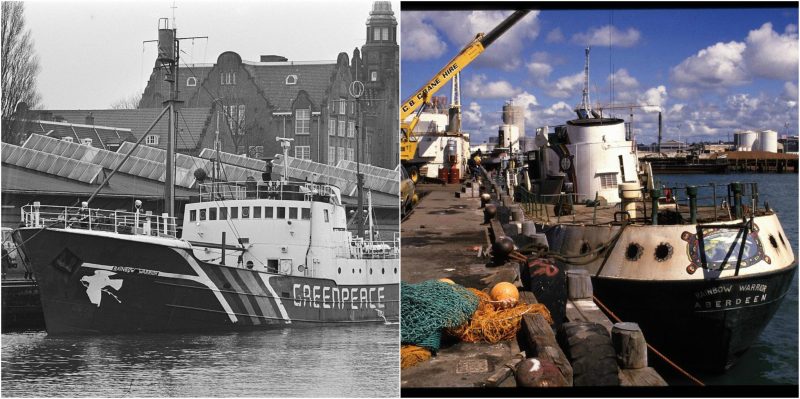Very often, Greenpeace activists find themselves in trouble on their missions to “ensure the ability of the Earth to nurture life in all its diversity.” Sometimes they are arrested and prosecuted by authorities, sometimes they are sued by private companies, and sometimes they are the targets of covert operations organized by state intelligence services, like in this case from the 1980s. On 10 July 1985, Rainbow Warrior, the flagship of the Greenpeace fleet, was anchored in the port of Auckland, New Zealand.
The ship was preparing to sail to the Moruroa atoll in the southern Pacific Ocean and protest against a French nuclear test that was supposed to happen there. Unfortunately, the crew of the ship was unaware that the French government sent agents to sabotage their mission.
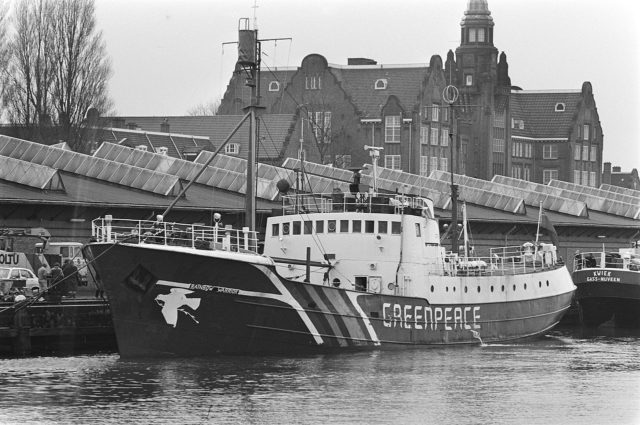
A few days before the accident, a group of French undercover agents from the Direction générale de la sécurité extérieure (DGSE) approached Rainbow Warrior and its crew while the ship was opened for public viewing. They posed as tourists and supporters of the Greenpeace cause. Later, an agent by the name of Christine Cabon introduced himself as an environmentalist under the name Frederique Bonlieu and volunteered to help around the Greenpeace office in Auckland. Cabon, who was an experienced intelligence officer, managed to secretly gather information and monitored the ship communications from Rainbow Warrior. He also took some Greenpeace maps and investigated the best way to sink the ship.
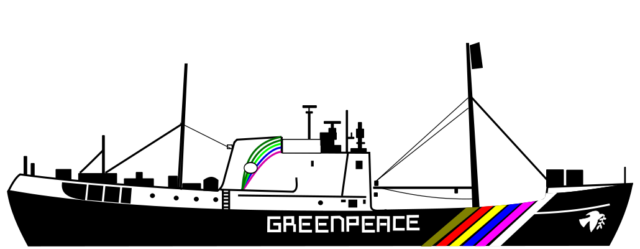
After all the necessary intel had been collected, the DGSE decided it is time for the so-called “Opération Satanique” to be set in motion.
On the evening of 10 July 1985, two agents (Jacques Camurier and Alain Tonel) dived under Rainbow Warrior and attached two limpet mines on its hull. Limpet mines are naval mines that can be magnetically attached to a target. The devices were set to detonate 10 minutes apart. The first mine exploded at 23:38 and made a huge hole. The idea was that the first explosion would cripple the ship but leave enough time for the crew to evacuate before the second mine detonated.
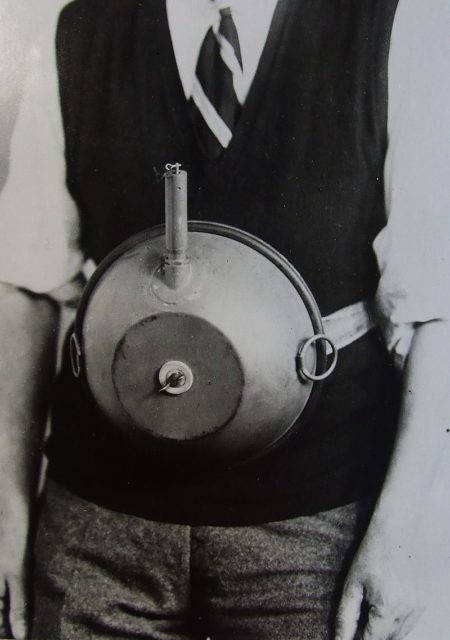
Things didn’t go according to plan. After the ship had been evacuated, some of its people went back to the ship to investigate the accident. Fernando Pereira, A Portuguese-Dutch photographer, was among those who returned. He went below decks to retrieve his camera. At 23:45 the second mine went off. The incoming water trapped Pereira below and he drowned. Captain Peter Willcox ordered the other members of the crew to abandon ship, while some of them were thrown overboard by the strength of the explosion. A few minutes later, Rainbow Warrior sank to the bottom of Marsden Wharf.
Immediately after news of the sinking of Rainbow Warrior spread around the media, France denied any involvement and insisted it had been a terrorist act. At that time, New Zealand was unaware of the French plot, and as an ally of France, they also denied involvement and condemned the act.
Soon after the tragic event, New Zealand’s authorities launched an investigation that turned out to be one of the largest in the country’s history. While most of the agents that worked on this operation managed to escape the country, some of them were caught.
Captain Dominique Prieur and Commander Alain Mafart, who were posing as a married couple under the names Sophie and Alain Turenge were caught and questioned. The French “couple” was carrying Swiss passports. During the investigation, the police discovered their true identity as well as the French government’s involvement in the case.
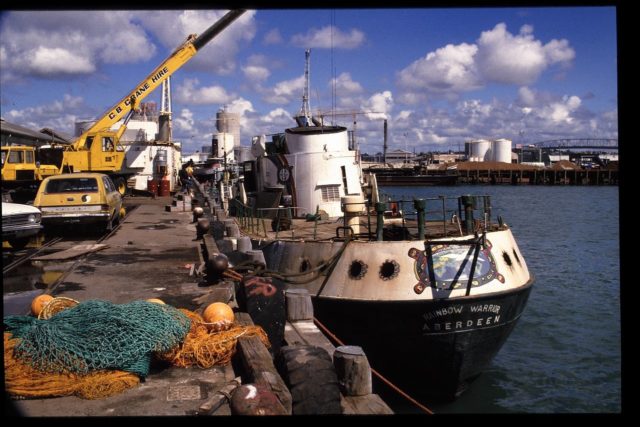
On 22 November 1985, Captain Dominique Prieur and Commander Alain Mafart confessed that they were guilty of manslaughter and were sentenced to 10 years in prison.
They were released after two years because the French government threatened New Zealand with an embargo of New Zealand’s exports to the European Economic Community if they weren’t released.
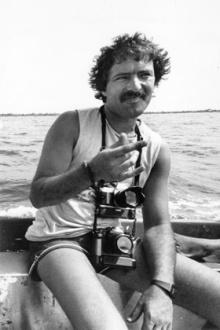
Three other agents who arrived in New Zealand on a yacht called Ouvéa were arrested on Norfolk Island but then released because Australian law would not allow them to be held until forensic tests proved their guilt. Agent Louis-Pierre Dillais, who was the commander of the mission, was never arrested.
After New Zealand discovered that their allies stood behind this attack, they immediately stopped calling it a “terrorist act” and started to refer to it as “a criminal attack in breach of the international law of state responsibility, committed on New Zealand sovereign territory.”
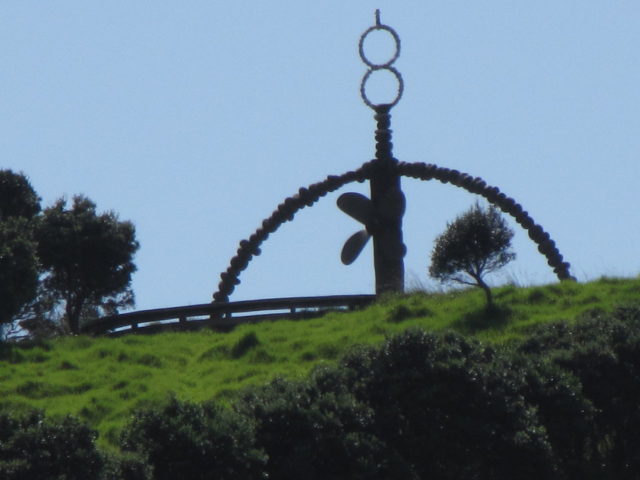
This incident of international proportions shook the French government. Soon after the world found about their involvement, Defence Minister Charles Hernu resigned, and the head of the DGSE and Admiral Pierre Lacoste was fired. France continued to deny participation in the operation for some time, but on 22 September 1985 Prime Minister Laurent Fabius made a public statement in which he admitted that the sinking of Rainbow Warrior was a French plot. Fabius said: “The truth is cruel, agents of the French secret service sank this boat. They were acting on orders.”
Read another story from us: Mysterious objects wash up on New Zealand beaches
Rainbow Warrior didn’t make it to Moruroa, but a small fleet of private New Zealand yachts and ships went there and protested against the French nuclear test. The protest was effective and French nuclear tests in the Pacific stopped for a short time. However, this didn’t last for long; in 1995, the French made another series of nuclear bomb tests.
